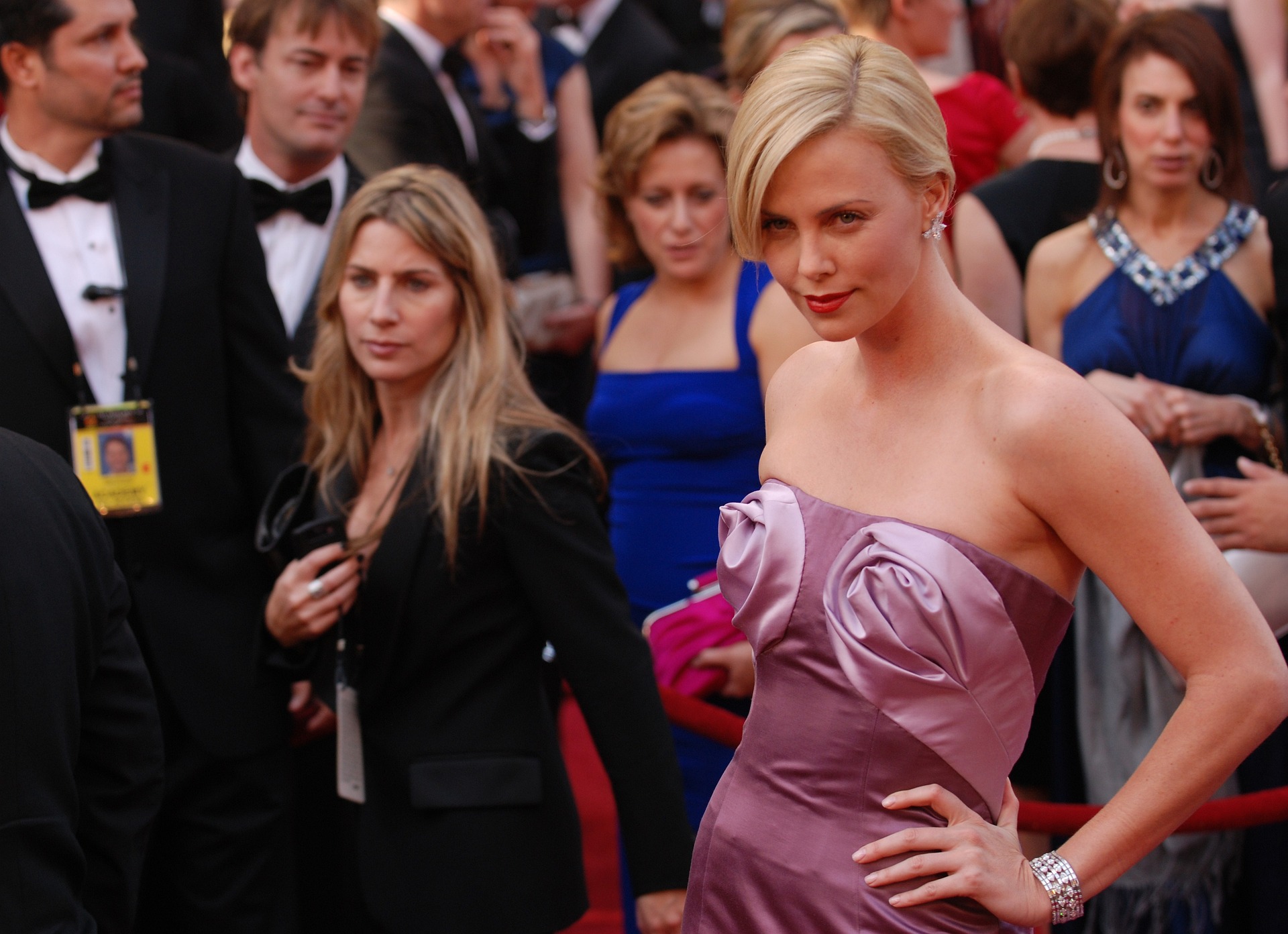A New Dawn in Digital Art: The Rise of CryptoArt
Introduction: In an era where technology and art intertwine, a new movement is reshaping the global art scene: CryptoArt. This article delves into the origins of this trend, its current developments, and the seismic shifts it is creating in the artistic landscape.

The Genesis of CryptoArt
CryptoArt, a term coined in the last decade, refers to digital art pieces tied to blockchain technology. While the concept of digital art has been around since the 1980s, the use of blockchain for authentication and ownership came into the picture with the advent of Bitcoin in 2009. The digital art world saw a significant shift with the launch of Colored Coins and Namecoin, which enabled artists to “tokenize” their digital artwork, giving it a unique identity and value on the blockchain.
The Current Landscape
Despite its relatively recent arrival on the art scene, CryptoArt has made significant strides. The introduction of Ethereum’s ERC-721 standard, a protocol for issuing unique digital assets, has paved the way for “crypto collectibles” like CryptoKitties. Platforms like SuperRare, OpenSea, and Rarible have emerged, providing marketplaces for artists to sell their work. The recent headline-grabbing sale of Beeple’s artwork for $69 million at Christie’s auction house underscores the growing acceptance and value of CryptoArt.
The Impact and Reception
CryptoArt is democratizing the traditionally exclusive art world by providing a platform for artists to directly sell their work to collectors without intermediaries. It also offers proof of ownership and authenticity, which has traditionally been a significant challenge in the digital art space. However, the movement has sparked debates around environmental concerns due to the high energy consumption of blockchain transactions.
A Closer Look at the Players
Numerous artists, technologists, and collectors are driving the CryptoArt movement. Artists like Beeple, Pak, and Trevor Jones have made headlines with their multi-million dollar artworks. Simultaneously, collectors like Metakovan and Justin Sun are investing enormous sums, signaling their belief in the value of digital art ownership.
The Future of CryptoArt
While it’s still early days, the trajectory of CryptoArt looks promising. As blockchain technology evolves, it’s likely to become more energy-efficient and accessible, further propelling the adoption of CryptoArt. Moreover, as virtual reality and augmented reality technologies advance, the possibilities for creating and experiencing CryptoArt are set to expand exponentially.
In conclusion, CryptoArt represents a paradigm shift in how art is created, owned, and appreciated. As this digital revolution gains momentum, it’s poised to redefine the art world’s contours, making it more inclusive, transparent, and innovative. However, like any emerging trend, it also prompts critical questions about value, ownership, and environmental impact that deserve further exploration and debate.




